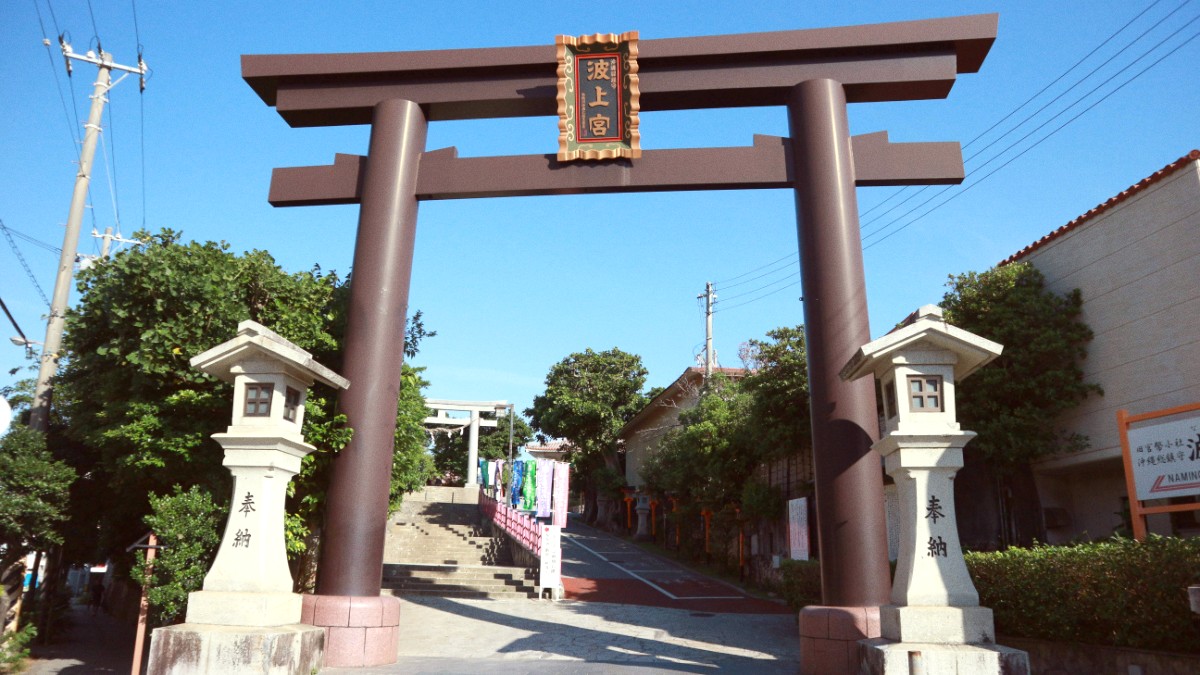
Okinawa And The Southwest Islands, Japan
Okinawan food highlights longevity and health, using nutrient-rich ingredients prepared in ways believed to support well-being. Pork remains a staple, with almost every part of the animal utilized, often slow-cooked to tender perfection.
Vegetables like goya (bitter melon) and various seaweeds appear prominent in the diet. The island's historical independence meant its culinary development diverged from that of mainland Japan, shaping unique dishes and preparation methods. Post-WWII American additions like spam became integrated into local dishes, a testament to the island's adaptive culinary spirit.
Central to Okinawan cooking. Must-try dishes include Rafute (braised pork belly, melt-in-your-mouth soft) and Soki (pork spare ribs, often served with Okinawa soba). Mimiga (pig's ear) creates a textural delight.
Goya (bitter melon) displays prominently, especially in goya champuru. Other common vegetables include Shima-rakkyo (Okinawan shallots) and papaya. Mozuku, a local slimy seaweed, often appears simply with vinegar. Umi-budo (sea grapes) are a popular snack.
Okinawan tofu often is a firmer texture than mainland varieties. Jimami Tofu, made from peanuts, has an unique rich, nutty, and creamy texture. Awamori, Okinawa's unique distilled liquor, sees use in cooking and drinking. Okinawan sea salt, turmeric, and island pepper (Pippatsu) are common.
A well-known stir-fry dish. It holds bitter melon (goya), tofu, egg, and thinly sliced pork or spam. This quintessential Okinawan dish is found in most Okinawan restaurants. The bitterness of the goya balances well with the other ingredients.
This noodle dish uses thicker, chewier wheat noodles (different from mainland soba) served in a clear pork broth. It frequently tops with soki (braised pork spare ribs), rafute (braised pork belly), or kamaboko (fish cake). Naha has many dedicated soba shops.
Tender, slow-braised pork belly. It often simmers in soy sauce, dashi, and awamori (Okinawan liquor) until it reaches a melt-in-your-mouth soft consistency. Find this dish in most Okinawan restaurants and izakayas.
Okinawan deep-fried doughnuts. They stay crispy on the outside and dense, cakey on the inside. Find them at market stalls and souvenir shops.
Awamori: Okinawa's unique distilled spirit from long-grain indica rice. Stronger than sake. Orion Beer: Okinawa's local beer brand, widely available.
Several luxury hotels (e.g., Hyatt Regency Naha Okinawa, The Naha Terrace) put forth high-end Japanese cuisine, including sushi and teppanyaki, as well as international fare.
Mid-range restaurants appear abundant throughout Naha, especially around Kokusai-dori and Omoromachi. They have a mix of Okinawan, Japanese (sushi, ramen, izakaya), and international cuisine.
Makishi Public Market is a must-visit for food lovers. Downstairs, fresh seafood and meats are available. Upstairs, small restaurants cook your purchases for a fee, making an authentic, affordable meal.
Reopened in 2023 with modern facilities but retains its lively atmosphere. Explore the fresh produce, seafood, and local delicacies.
A great place for authentic local tastes.
A nostalgic, covered market street that features various small eateries and izakayas. It becomes especially lively in the evenings, making for a traditional market experience.
Transforms into a evening spot.
Pasta, pizza, and more.
Authentic flavors.
Diners and casual fare.
BBQ and other dishes.
Challenges: Soy sauce, a pervasive ingredient, contains wheat. Cross-contamination remains a concern in small kitchens. Strategies: Carry allergy cards in Japanese that clearly state your dietary needs.
Major hotels and some international restaurants may accommodate better.
Apps: HappyCow is a good resource for finding vegetarian and vegan restaurants. Phrasebooks: A Japanese phrasebook or Translation app with dietary phrases works well.
For example, "Watashi wa [allergen] ni arerugī ga arimasu" (I have an allergy to [allergen]).
For severe allergies, self-catering or sticking to naturally gluten-free foods is the safest approach. This may include plain rice, sashimi, grilled fish/meat without marinades.
Soy sauce, a staple, contains wheat. Cross-contamination is a concern in smaller kitchens where space is limited.
Several local organizations and cooking schools put forth Okinawan cooking classes. These often have a market visit to purchase ingredients, creating an excellent hands-on cultural immersion.
Food tours often explore Makishi Public Market and the surrounding streets, presenting tastings and insights into local food culture.
Opportunities exist to visit pineapple farms, sugar cane fields, or learn about Awamori production at local distilleries. These usually locate outside Naha but are accessible as day trips.
Engage in cooking classes to learn traditional Okinawan dishes from local experts.
Savor street food and market delicacies for an authentic taste of Naha.
Sample local drinks like Awamori and Sanpin Cha, part of the island's unique culture.
Exploring Naha's culinary scene promises a journey of unique flavors and traditions. Be adventurous with your palate!